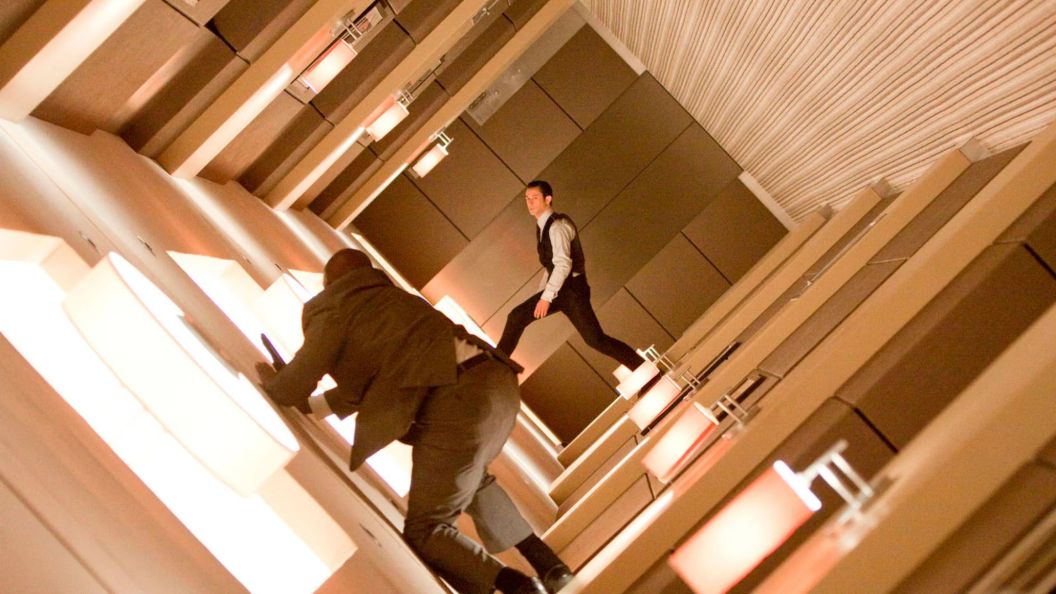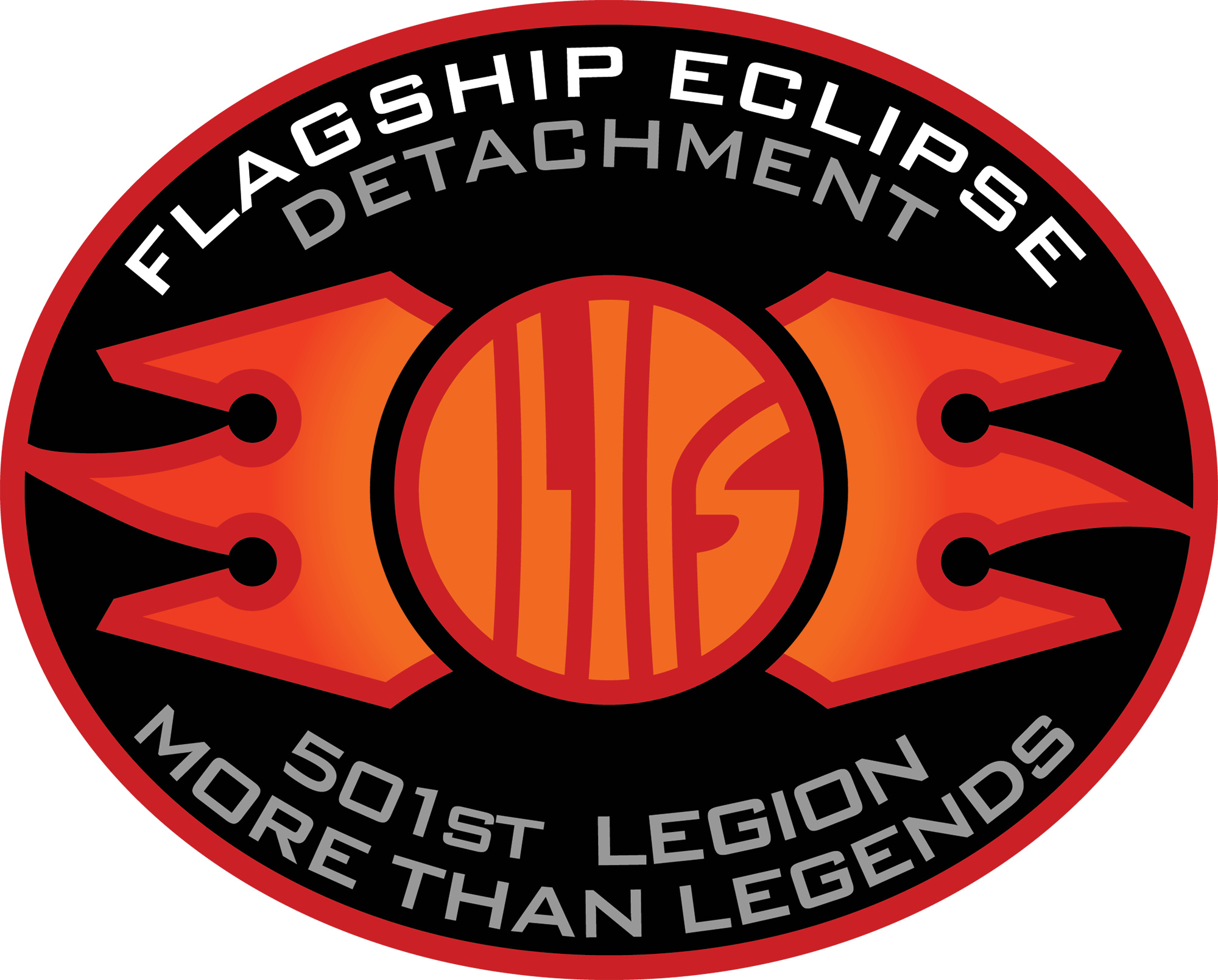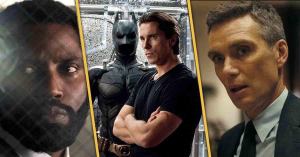
Christopher Nolan’s Inception remains a landmark of 21st-century filmmaking, a blockbuster that married high-concept science fiction with the slick structure of a heist movie. Its story of dream-stealing thieves diving through multiple layers of the subconscious is celebrated for its narrative complexity and unforgettable imagery, including folding Parisian cityscapes and a crumbling seaside limbo. Yet, for all its digital marvels and mind-bending ideas, the single most awe-inspiring sequence in the entire movie is a visceral brawl in a rotation hotel hallway. This scene, featuring Joseph Gordon-Levitt’s character Arthur fighting projections in a tumbling corridor, still feels like a triumph of modern special effects over a decade after Inception‘s release.
Nolan’s career is defined by his steadfast commitment to practical effects, a philosophy that prioritizes in-camera illusions over digital creations whenever possible. This dedication is precisely what makes the hallway fight in Inception so breathtaking. To achieve the illusion of zero-gravity combat within a world that is literally spinning, Nolan and his team built a fully rotating set. The hotel corridor, over 100 feet long, was constructed inside a massive steel centrifuge capable of rotating a full 360 degrees. Gordon-Levitt, along with the stunt performers, spent weeks rehearsing a meticulously choreographed fight sequence that they had to perform while the entire world turned upside down around them.
The result is a sequence with a palpable sense of weight and disorientation. Every slam against a wall and every stumble feels real because it is real, a testament to the raw power of old-school filmmaking ingenuity. Curiously, this incredible cinematic moment was achieved using a large-scale practical effect with roots stretching back over six decades.
Inception Borrowed a Trick From a Sci-Fi Masterpiece
The core concept for Inception’s rotating set was famously inspired by one of Nolan’s cinematic heroes, Stanley Kubrick, and his 1968 magnum opus, 2001: A Space Odyssey. Kubrick’s film revolutionized science fiction with its painstaking attention to scientific realism, and a key part of that was depicting how a spaceship might generate artificial gravity. The solution was the Discovery One’s massive centrifuge, a spinning, wheel-like habitat that used centrifugal force to simulate gravity for the crew. To bring this to life, Kubrick’s team built an enormous, 38-foot-diameter rotating set that cost a significant portion of the film’s budget.
In one of the film’s most iconic scenes, astronaut Frank Poole (Gary Lockwood) is seen jogging around the interior of the centrifuge, seamlessly running up the curved wall and onto what appears to be the ceiling. This illusion was achieved by fixing the camera to a mount that rotated with the set, keeping the actor level while the background spun around him. Nolan took this fundamental principle and weaponized it for action. Where Kubrick used the rotating set to create a sense of futuristic normalcy, Nolan used it to create chaos. He adapted Kubrick’s wheel into a tumbling corridor, transforming a tool for illustrating scientific principles into a mechanism for a high-stakes brawl.
The Hollywood History of the Rotating Room
While Kubrick’s use of the centrifuge in 2001 is the most direct sci-fi predecessor to Inception’s hallway, the filmmaking technique of a rotating room is even older. The most famous early example comes from the 1951 musical Royal Wedding, starring the legendary Fred Astaire. In a magical sequence set to the song “You’re All the World to Me,” a love-struck Astaire begins dancing around his hotel room, effortlessly gliding up the walls and across the ceiling in a single, unbroken take. The effect was just as practical and ambitious as the later sci-fi epics, astounding audiences of the era.
The production team of Royal Wedding built the entire hotel room set inside a rotating steel cage. The camera and its operator were strapped down to an ironing board that also rotated with the room, ensuring Astaire remained the fixed point of reference. Furthermore, all the furniture, from the chairs to the light fixtures, had to be heavily reinforced and bolted down. Finally, Astaire, with his legendary grace and precision, timed his movements perfectly to the rotation of the room, creating a weightless, romantic fantasy.
This lineage, from Astaire’s whimsical dance to Kubrick’s sterile jogging track to Arthur’s desperate zero-gravity fight, showcases the remarkable versatility of a single filmmaking trick. It proves that the best visual effects are not defined by the technology of an era but by the ingenuity and imagination of the artists wielding them. Nolan’s corridor fight is a modern masterpiece precisely because it stands on the shoulders of giants, using a time-tested technique to create something entirely new.
Inception is currently streaming on HBO Max.
What is your favorite practical effect in a Christopher Nolan movie? Share your thoughts in the comments.
The post Inception’s Coolest Moment Was Done With a 70-Year-Old Filmmaking Trick appeared first on ComicBook.com.


